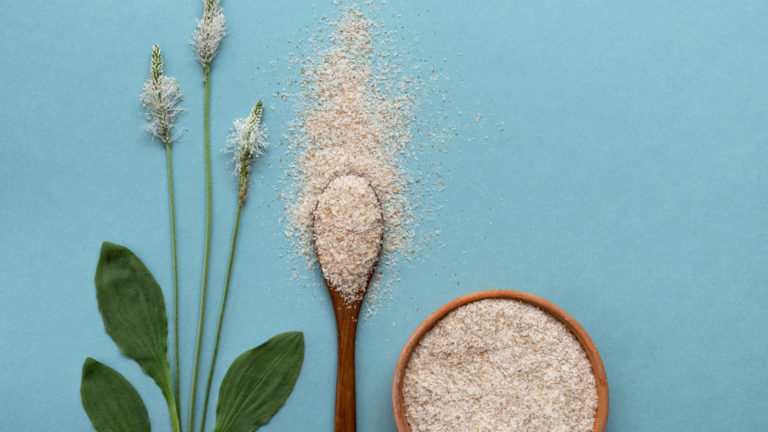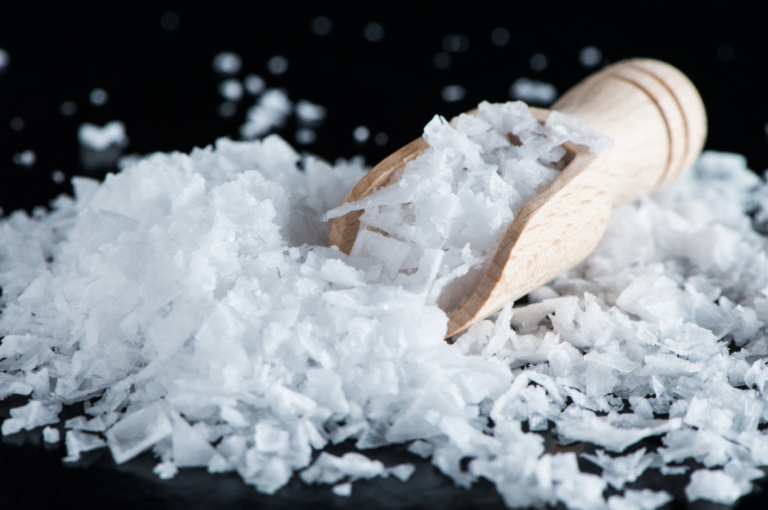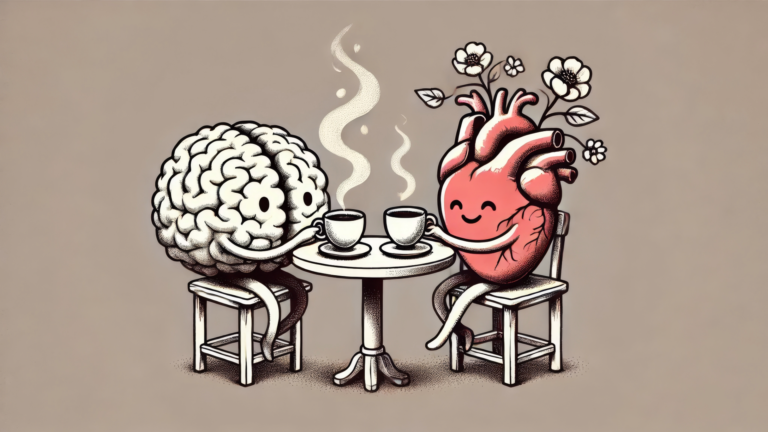What is Shilajit?
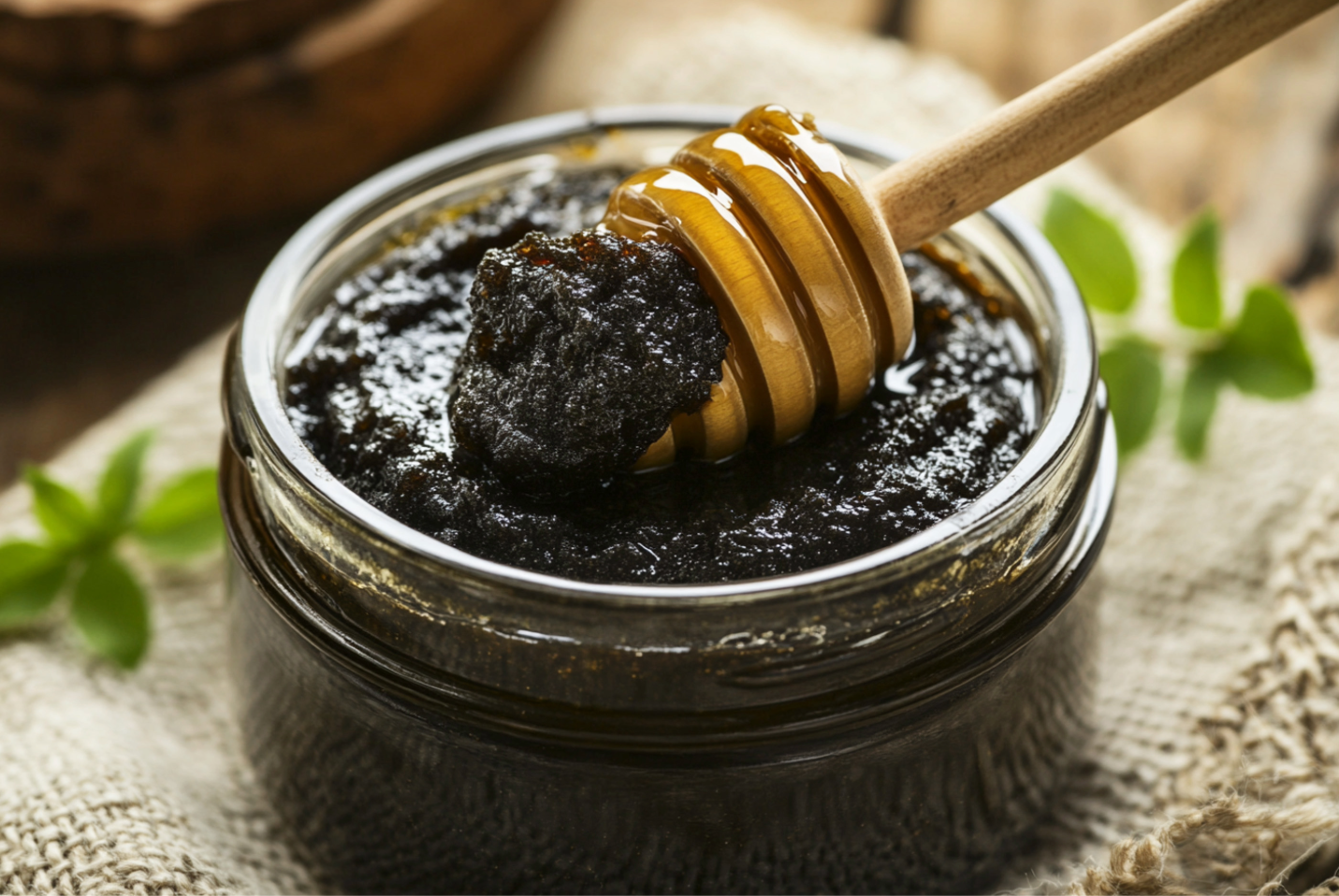
Shilajit is fascinating, and its history is deeply intertwined with ancient traditions and the natural processes of the Earth. Clinical studies are increasingly focusing on Shilajit’s effects on energy production, cognitive function, antioxidant properties, and its role in reducing inflammation. This has helped bring Shilajit into the mainstream as a dietary supplement and alternative medicine in many parts of the world. Although it’s just now becoming known, it’s actually one of the oldest-known herbal remedies in the world. Let’s dive into it’s origin.
Where does it come from?
Shilajit is a natural substance that primarily comes from the high-altitude regions of the Himalayas, as well as from other mountainous regions, including parts of Tibet, Russia, Mongolia, and Central Asia. The most famous Shilajit is sourced from the Himalayan mountain range, where the conditions are particularly favorable for its formation.
It’s trapped in the mountains and formed over centuries as plant matter, including the remains of herbs and other organic materials. The unique geological and climatic conditions of these regions contribute to it’s production. It forms as a mineral-rich resin that oozes from the cracks in rocks, particularly during the warmer months.
While it’s been used for centuries in traditional medicine, it has gained renewed interest in modern times due to its scientific studies and research on its health benefits. In recent decades, researchers have discovered that Shilajit contains a wide array of bioactive compounds, including fulvic acid, humic acid, and various minerals that are beneficial to human health.
It’s important to find high quality Shilajit, and I’ve found the best is purified resin and sourced from the Himalayas. This is my got-to brand. Shilajit has a very strong flavor that is hard to mask. This brand combines it with vanilla and cinnamon, and it’s gives it a great taste. I notice a boost in energy immediately after taking 2 in the morning.
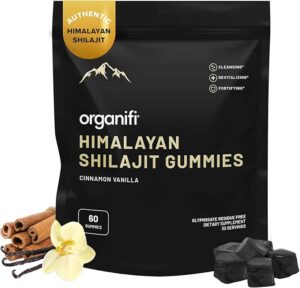
History and Cultural Significance
Shilajit has a rich and ancient history that stretches back thousands of years! There are even references to its use found in ancient Ayurvedic texts.
Ancient Ayurveda and Traditional Medicine
- Ayurveda: In ancient India, Shilajit was considered a “Rasayana”—a substance used for rejuvenation, longevity, and overall health. Its first recorded use dates back over 3,000 years, making it one of the oldest-known herbal remedies in the world. It was used in Ayurvedic medicine as a tonic for energy, vitality, and stamina, as well as for treating a variety of ailments, from digestive issues to joint pain.
- Key Ayurvedic texts like the Charaka Samhita and the Sushruta Samhita. The ancient sages (or rishis) of India believed that Shilajit had divine properties and was a gift from the gods. It was revered for its ability to energize the body and mind, and its role in promoting longevity.
- Traditional Chinese Medicine (TCM): Shilajit was also used in Traditional Chinese Medicine, though it was less commonly known than in Ayurvedic practices. The Chinese were aware of its ability to enhance strength and vitality, as well as its role in enhancing sexual health and fertility.
Legend and Mythology
- There are various myths and legends surrounding Shilajit, particularly in the Himalayas. Some traditions say that the substance was discovered by ancient Himalayan sages who noticed that the animals that consumed the substance appeared to be stronger, healthier, and more energetic.
- In Tibetan tradition, Shilajit was often referred to as the “rock sweat” or “mountain blood” and was believed to be an elixir for rejuvenating both the body and the mind. It was highly prized by monks, who believed it helped with meditation, increased concentration, and extended their lives.
The combination of natural processes, cultural reverence, and powerful benefits make Shilajit a very special supplement.
As always, make sure to check with your health provider and follow the supplement’s suggested use.
Let me know your thoughts!
xx
Diana
SOURCES:
Shilajit: A Natural Phytocomplex with Potential Procognitive Activity
https://pmc.ncbi.nlm.nih.gov/articles/PMC3296184/?utm_source=chatgpt.com
The Effects of Shilajit Supplementation on Fatigue-Induced Decreases in Muscle Function
https://pmc.ncbi.nlm.nih.gov/articles/PMC6364418/?utm_source=chatgpt.com
Shilajit Extract Reduces Oxidative Stress, Inflammation, and Bone Loss in Type 2 Diabetic Patients
https://www.sciencedirect.com/science/article/abs/pii/S0944711322004135?utm_source=chatgpt.com
Accelerating Effect of Shilajit on Osteogenic Property of Adipose-Derived Stem Cells
https://josr-online.biomedcentral.com/articles/10.1186/s13018-022-03305-z?utm_source=chatgpt.com
Clinical Evaluation of Purified Shilajit on Testosterone Levels in Healthy Volunteers
https://onlinelibrary.wiley.com/doi/10.1111/and.12482?utm_source=chatgpt.com
Disclaimer:
The health and wellness information provided on Indigo Femme is for informational purposes only. While we strive to offer accurate, up-to-date, and evidence-based content, the information presented should not be construed as medical advice, diagnosis, or treatment. Always consult a qualified healthcare professional before making any changes to your health regimen or lifestyle.

